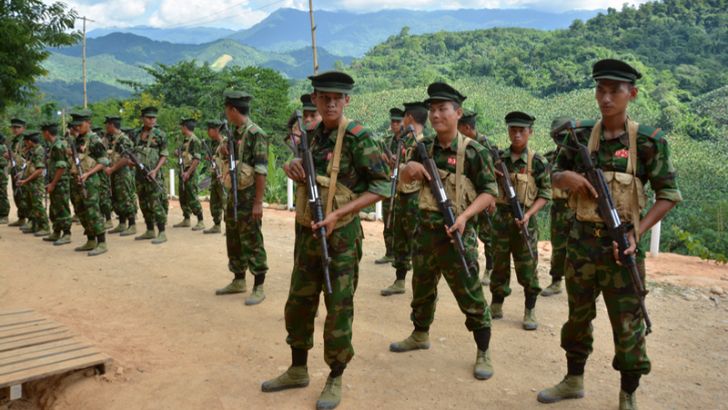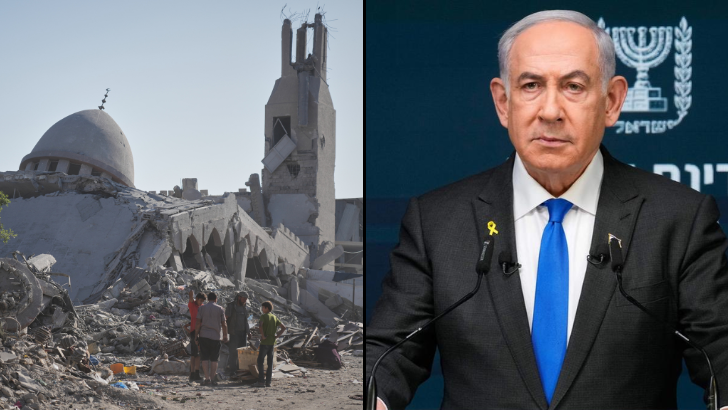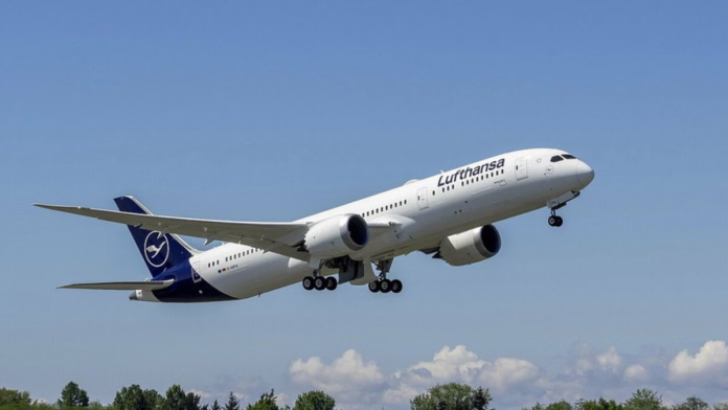Russia flexes nuclear and conventional muscle in ‘Zapad 2025’ drills, raises NATO tensions
The drills showcased Russia’s nuclear-capable forces and advanced missiles in Belarus, escalating tensions with NATO and prompting enhanced air defence measures along its eastern flank.
PTI
-
On 10 September, just before the drills began, about 20 Russian drones entered Polish airspace (Russian Defence Minstry)
Moscow, 16 Sept
Russia has put on display its conventional and nuclear military strength in sweeping joint drills with Belarus, even as NATO scrambles to reinforce defences on its eastern flank following a series of drone incursions into Poland.
The manoeuvres, dubbed ‘Zapad 2025’ (West 2025), involve nuclear-capable bombers and warships, thousands of troops, and hundreds of combat vehicles simulating a coordinated response to enemy attacks. Officials said the drills also included planning for nuclear weapons use and deployment options for the Oreshnik intermediate-range ballistic missile, capable of carrying both conventional and nuclear warheads.
The exercises come against the backdrop of rising tensions. On 10 September, just before the drills began, about 20 Russian drones entered Polish airspace. Moscow denied targeting Poland, while Belarus claimed the drones veered off course after Ukrainian jamming. Polish Prime Minister Donald Tusk dismissed the explanation, calling it a deliberate “provocation” that has brought Europe “closer than ever since World War II” to open conflict.
NATO Secretary-General Mark Rutte condemned Moscow’s actions as “reckless” and announced the Eastern Sentry initiative to strengthen air defences across Poland, Romania, Estonia, Latvia and Lithuania. “Let’s agree that within this alliance of 32 countries, we all live on the eastern flank,” he said in Brussels.
When President Vladimir Putin launched the full-scale invasion of Ukraine in 2022, it followed joint drills with Belarus. The latest war games come as the conflict grinds into its fourth year, despite Donald Trump’s push for peace during his Alaska summit with Putin last month.
The anniversary of Russia's nuclear weapons policy
One year ago, Putin revised Russia’s nuclear doctrine, stating that any conventional attack on Russia supported by a nuclear power would be treated as a joint assault. The move appeared aimed at deterring the West from enabling Ukraine to strike inside Russia with long-range weapons.
The revision also extended Moscow’s nuclear umbrella to Belarus. Russia says it has already deployed battlefield nuclear weapons there and intends to station Oreshnik missiles in Belarus later this year.
Putin's Oreshnik threat
Russia first used the Oreshnik against Ukraine in November 2024. At the time, Putin warned the missile could be directed next at NATO allies that allowed Ukraine to target Russia.
He has boasted that Oreshnik’s multiple warheads can reach speeds of Mach 10, evade interception, and deliver a conventional strike nearly as destructive as a nuclear attack. Russian state media claimed the missile could reach Poland in 11 minutes and NATO headquarters in Brussels in 17 minutes, leaving no way of knowing if the warhead is nuclear or not.
Russia has already begun mass production of the missile, with Putin confirming plans to base it in Belarus. Ahead of this month’s drills, Belarus Defence Minister Viktor Khrenin said the exercises would include “planning the use” of Oreshniks and nuclear weapons, though it was unclear whether any were actually deployed.
The Defence Ministry also released footage of nuclear-capable bombers on training runs, and naval forces in the Arctic practised launches of nuclear-capable missiles, including the hypersonic Zircon.
Rebuilding the Soviet-era 'nuclear fortress'
Belarusian President Alexander Lukashenko said his country now hosts several dozen Russian tactical nuclear weapons. Unlike intercontinental missiles built to destroy cities, these shorter-range weapons are designed for battlefield use.
Moscow insists it retains control over the arsenal, though Lukashenko has claimed Belarus will have a say in their use. Putin later suggested Minsk might even help select targets, particularly if they are closer to Belarus.
Deploying tactical nuclear weapons in Belarus allows Russia to reach targets in Ukraine more quickly and threatens NATO’s eastern and central members.
“The weapons’ deployment closer to the borders with the West sends a signal even if there are no plans to use it,” said Andrey Baklitskiy, a researcher at the UN Institute for Disarmament Research.
Military analyst Alexander Alesin described Belarus as a “balcony looming over the West,” warning that the deployment puts the Baltics, Poland, and Ukraine at risk.
Leave a Reply
Your email address will not be published. Required fields are marked *








.png)

.png)


.png)
.png)

.png)
.png)

.png)
